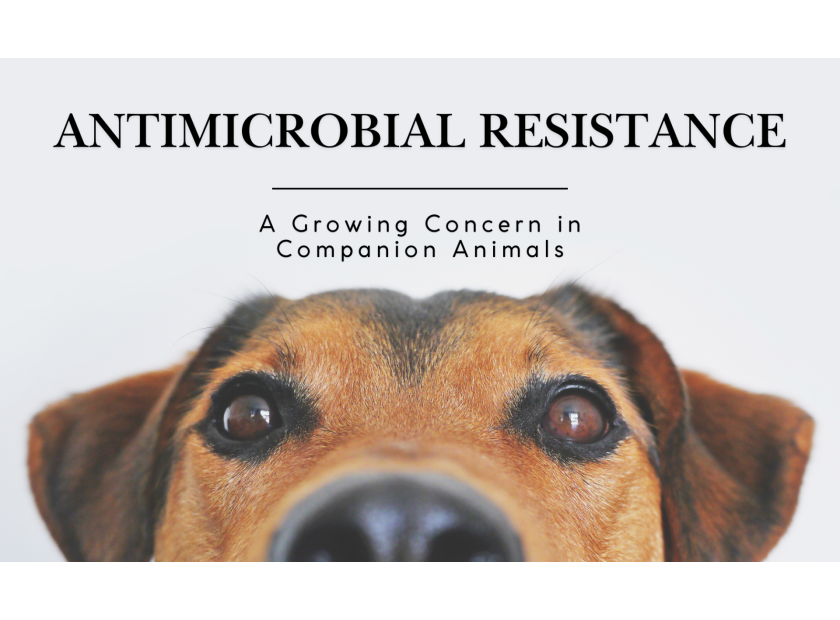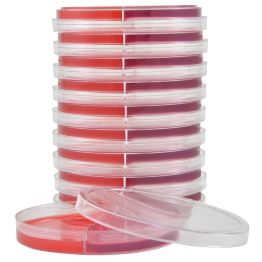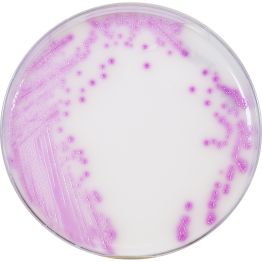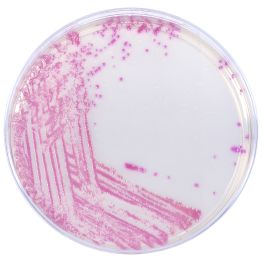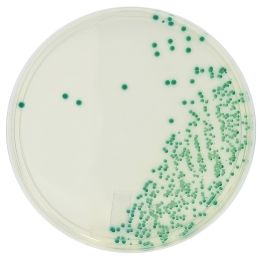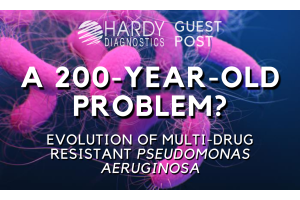Rising Antimicrobial Resistance in Pets
Introduction to Antimicrobial Resistance (AMR)
Antimicrobial resistance (AMR) is one of the top ten global public health threats facing humanity.¹ Ironically, humans are to blame; yet, in recent years, the increase of AMR strains in animals, specifically companion animals, has also risen.
Today, leading animal veterinarian organizations are calling on veterinarians, producers, breeders and pet owners to help in the fight against AMR in animals. Furthermore, in its 2020 report, the American Veterinary Medical Association Committee on Antimicrobials raises awareness on the threat of antimicrobial resistance affecting animal health and encourages action to address the threat.² Consequently, several studies have found carbapenem-resistant Enterobacterales (CRE) in pets, including dogs and cats, as well as in veterinary hospital settings.
Key Findings on AMR in Companion Animals
A study published in the Journal of Antimicrobial Chemotherapy in 2017 found 8% of dogs and cats tested in veterinary clinics in the United States were infected or carriers of CRE strains. Another study published in the same journal in 2019 found 1.6% of dogs and cats tested in the Netherlands had CRE. Not surprisingly, there are concerns pets with CRE infections may spread these bacteria to humans, because of the ways in which we share our homes and lives with companion animals.³
Another study showed humans and companion animals readily exchange methicillin-resistant Staphylococcus aureus (MRSA); sharing is not unidirectional but flows back and forth between pets and humans.⁴
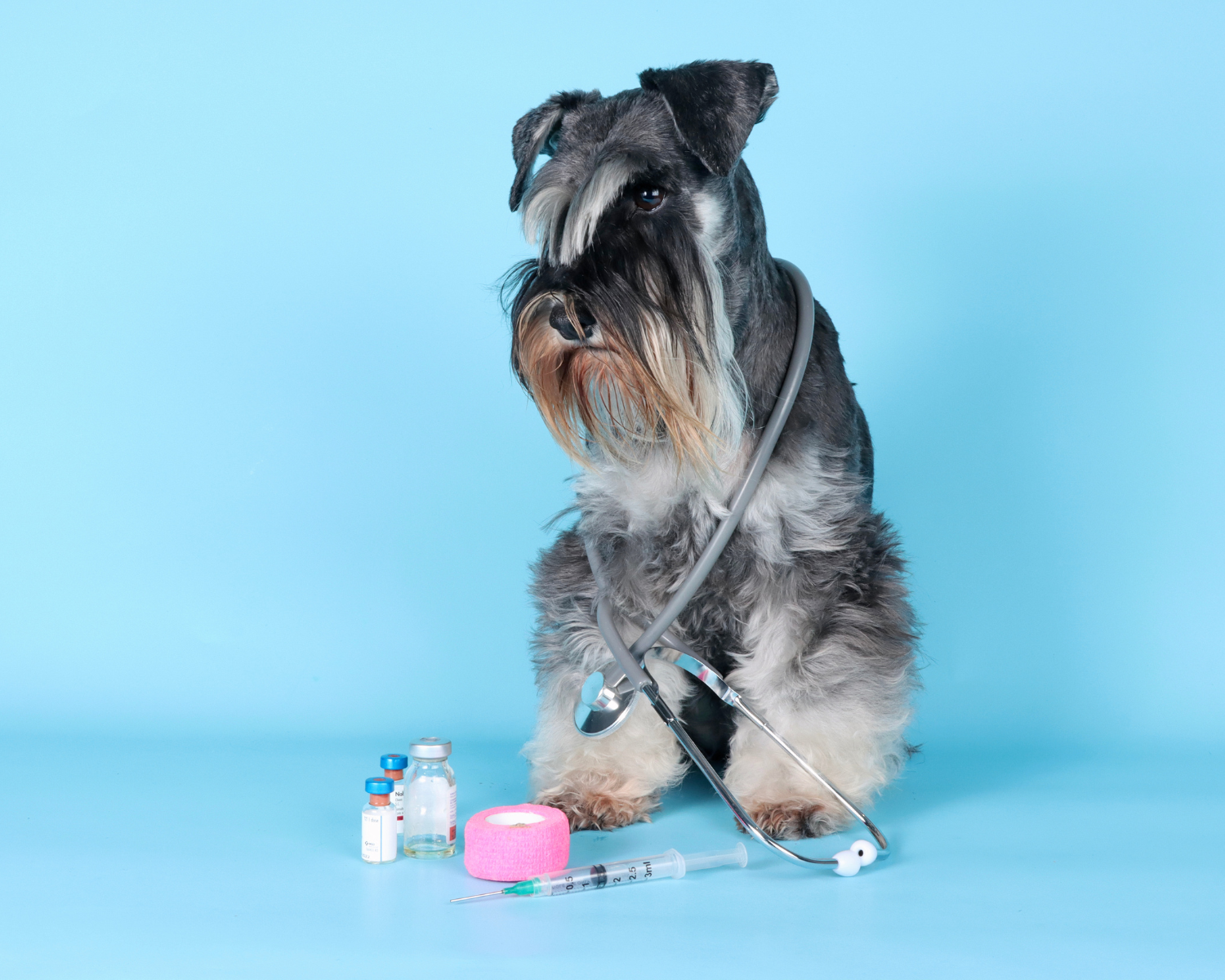
There is also evidence to suggest Candida, a type of yeast, may be increasing in pets in recent years. Several factors may contribute to an increase in Candida in pets. These include changes in diet, increased use of antimicrobials and other medications which may compromise an animal’s natural microbiota, and increased exposure to environmental toxins.
Implications for Human and Animal Health
More research and surveillance are needed to capture the prevalence of potentially antimicrobial resistant pathogens in companion pets. This is especially critical considering the use of therapy animals which may visit hospitals, nursing homes, or patient care centers where immunocompromised patients reside.
Steps Toward Mitigation
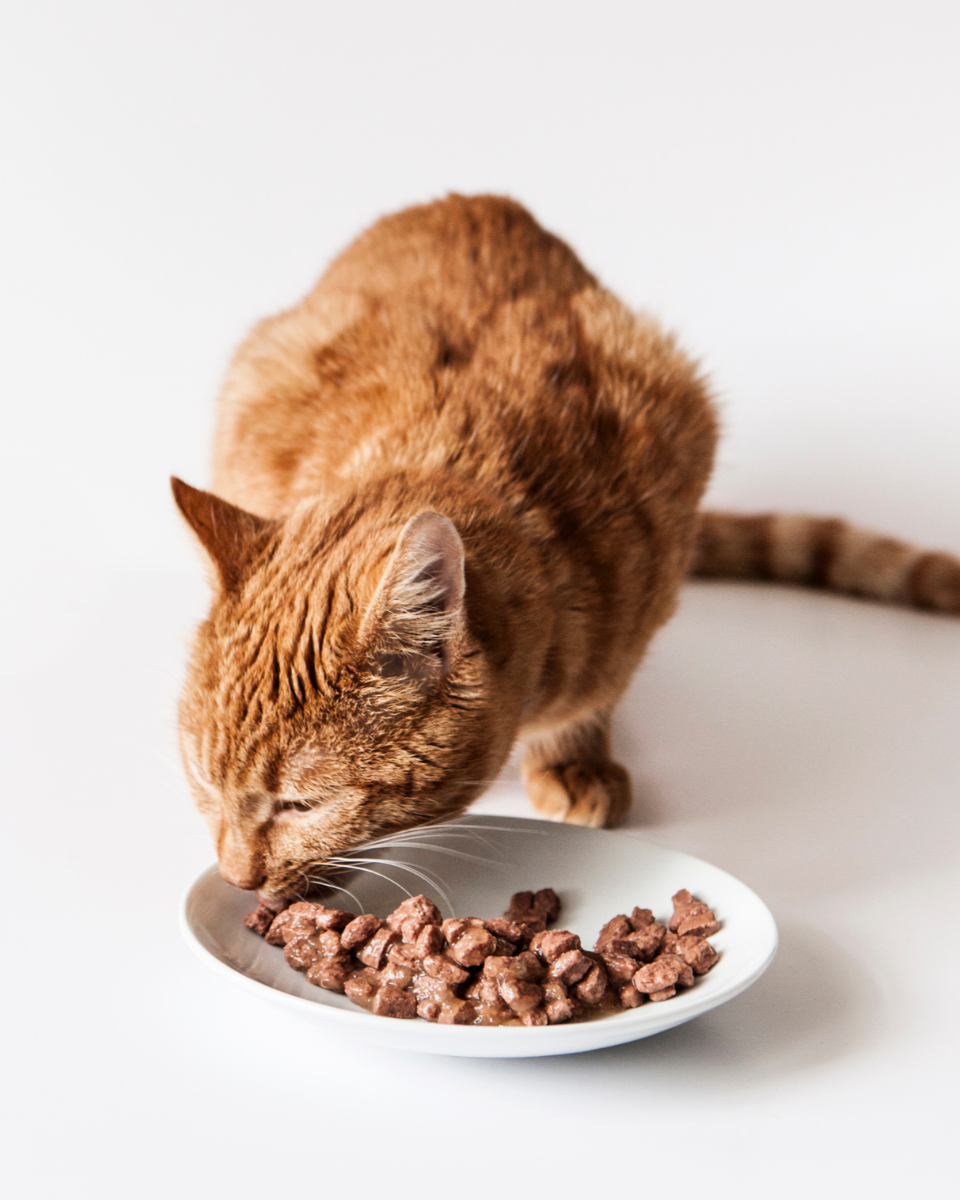
Antimicrobial Stewardship
Measures to reduce unnecessary or misused antimicrobial therapy in pets may help reduce the incidence of antimicrobial resistance. This could include establishing infection prevention programs and developing antimicrobial stewardship plans in veterinary settings. In the meantime, veterinarians can reduce the potential for antimicrobial resistance by prescribing antimicrobials only when necessary; implementing infection prevention and antimicrobial stewardship programs in veterinary settings; and using diagnostic testing to guide treatment decisions.
Food Safety
A study done in Portugal found that all of the 25 brands tested were contaminated with antibiotic resistant Enterococcus, with some strains being resistant to colistin and linezolid, which are considered to be "drugs of last resort." Genetic sequencing revealed that some of these antibiotic-resistant bacteria in the raw dog food were the same kind found in hospital patients.5
Conclusion
Antimicrobial resistance in pets is a growing concern that impacts both animal and human health. The presence of resistant pathogens like carbapenem-resistant Enterobacterales (CRE) and methicillin-resistant Staphylococcus aureus (MRSA), alongside the rise in fungal infections such as Candida, underscores the importance of vigilant research and responsible antimicrobial practices. By understanding the risks and taking proactive measures, veterinarians, pet owners, and researchers can work together to mitigate the spread of resistant pathogens. Protecting our pets from antimicrobial resistance not only safeguards their health but also strengthens the broader fight against this global challenge.
Explore Hardy Diagnostics' Solutions
At Hardy Diagnostics, we are committed to supporting veterinarians, researchers, and pet owners in the fight against antimicrobial resistance. Our extensive product line includes high-quality culture media, diagnostic tools, and antimicrobial susceptibility testing solutions designed to identify and manage resistant pathogens. Browse our featured products below, or download our Veterinary Microbiology catalog to learn more about how our products can aid in safeguarding both animal and human health.
Free catalog download!
Meet the author

CLINICAL PRODUCT MANAGER at HARDY DIAGNOSTICS
Megan Roesner, B.A. Journalism and Mass Communications
Megan is a seasoned writer and marketing professional who comes from a background in television journalism, followed by fifteen years leading mulitple hospital marketing and communications teams with the largest not-for-proft health system in the U.S. Megan has won numerous tv, writing and marketing awards and is a member of a number of professional public relations and marketing associations. Her passion for continuous professional challenges and life-long learning led her to Hardy Diagnostics. Megan is proud to work amongst a wonderful marketing team surrounded by experienced microbiologists and scientists who constantly push for the latest and greatest products to help diagnose and detect disease. In her current role, Megan is in charge of product development and marketing Hardy's clinical category which encompasses hospitals and health systems, clinics and research institutions, higher education and veterinary diagnostics. In her free time, Megan enjoys being a mom to her two very active boys, cats, a dog, a very old goldfish and 24 chickens.


